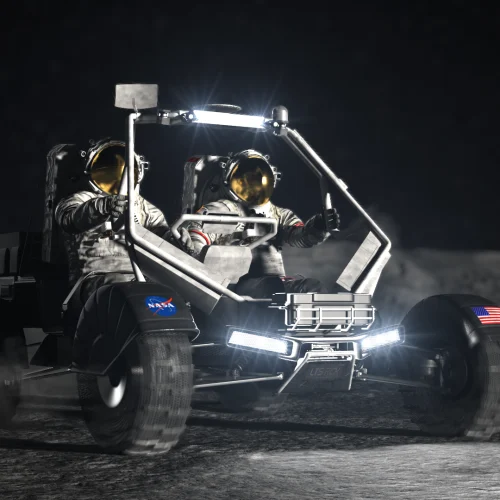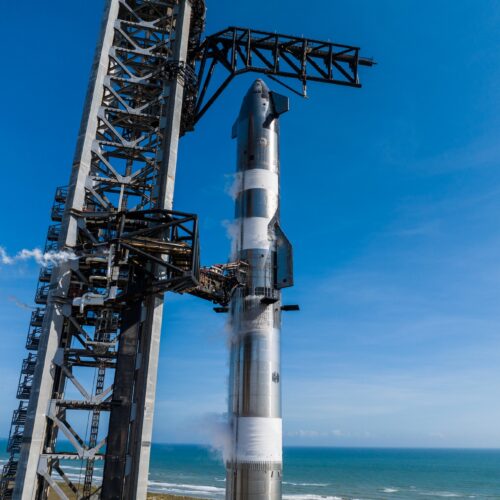As NASA increasingly relies on commercial space, there are some troubling signs
When it comes to space policy, a hallmark of the first Trump administration was its embrace of private companies. NASA sought to build fewer expensive things and buy more lower-cost services. In doing so, it aimed to foster a healthy ecosystem of private space companies.
Under the leadership of Jim Bridenstine, NASA, during these years, stood on the shoulders of more than a decade of government investment in commercial space. This culminated in a triumphant Crew Dragon mission in the summer of 2020, the first privately led human orbital spaceflight.
This Demo-2 mission, sending NASA astronauts Doug Hurley and Bob Behnken to the International Space Station on a SpaceX vehicle, validated NASA’s long push into commercial space. Since then, the agency has only doubled down on this approach, generally using fixed-price contracts and buying a service instead of telling companies what and how to build while paying a premium.


© NASA

